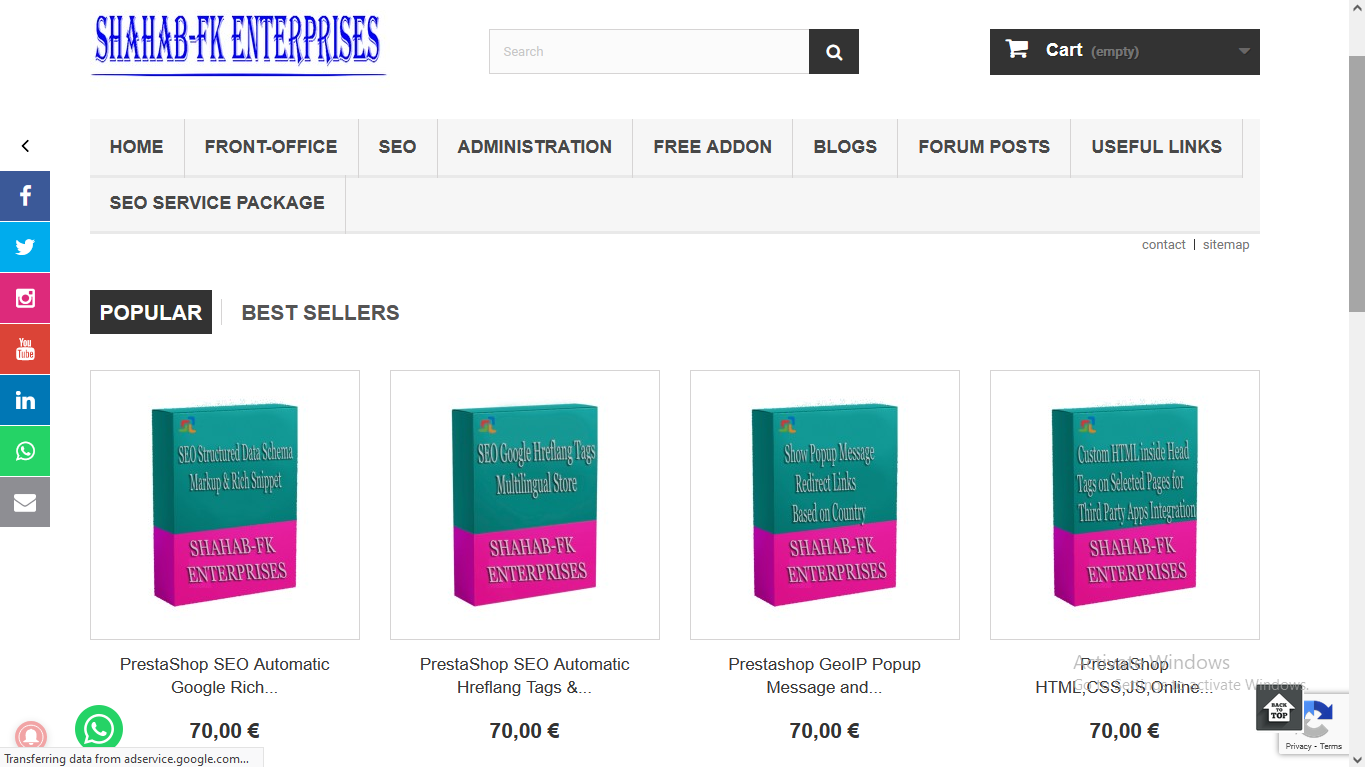Web Design – Looking To The Past To Look To The Future In the beginning, sites were minimalistic.
When Tim Berners-Lee launched the first ever web site from a lab in the Swiss Alps, he inadvertently stuck to the KISS principle: Keep It Simple Stupid.
The site was but a single index page with black text on a white background and a few hyperlinks in blue linking to other similar pages. Yet the site’s impact changed the future.
This simplicity grew out of necessity. Down and upload speeds were still extremely low and so was the processing power of the computers. After all this was 1991, and for all intents and purposes the world was still stuck in the 80s. Graphical user interfaces via a ‘mouse’ had just recently become all the rage, and the 3½ floppy disks were the coolest thing around, capable of a whopping 1.44MB in memory space.
The first version of the official internet programming language HTML as devised by Berners-Lee and his team at CERN allowed for very little flexibility. Before soon its boundaries had been reached. Bandwidth also set limits and programmers did what they could to convey more and more complex information.
Art wasn’t much of a consideration yet, particularly since those that called themselves artist didn’t know much about programing, and those that knew how to hammer out code didn’t exactly know much about art.
Both camps soon realized they had to learn and understand the other group’s realm. Programmers started using colors and images to fancy things up, while designers looked for ways to make a good impression all the while sticking to codes. The results were chaotic at times, with only a few members of both camps managing to get it right and finding a balance. Remember those annoying blinking tags? Or when you came to a site some over-loud MIDI music would explode from your speakers? Exactly.
While certain official programing and design criteria began to develop, it can be said that most of what is modern web design developed out of this early chaos by itself. Call it evolution if you will — albeit one created out of intelligent design — eventually a standard developed.
Web design isn’t just making it look pretty or cool. There was a time shortly after the rise of Adobe Flash that it seemed important for a good site to be visually impressive. Music, fancy animations and elaborate site intros became a must. Links needed to glow and sparkle and make sounds like a kid’s toy. These Flash movies as they were called became more and more complex and required more loading time. It was a toss up between making a good impression and getting to the point.
It can be said that it was Google who settled the argument and established the prevalent style. It began with their own site, a marvelous study in minimalism. To this day their site has not significantly changed since going online in 1996. It continues to set the internet standard of simplicity.
This is where web design comes full circle. Simplicity is a must for a site, and the more user-friendly they are the bigger their impact will be.
So go and KISS.

